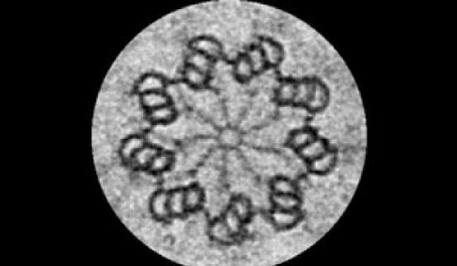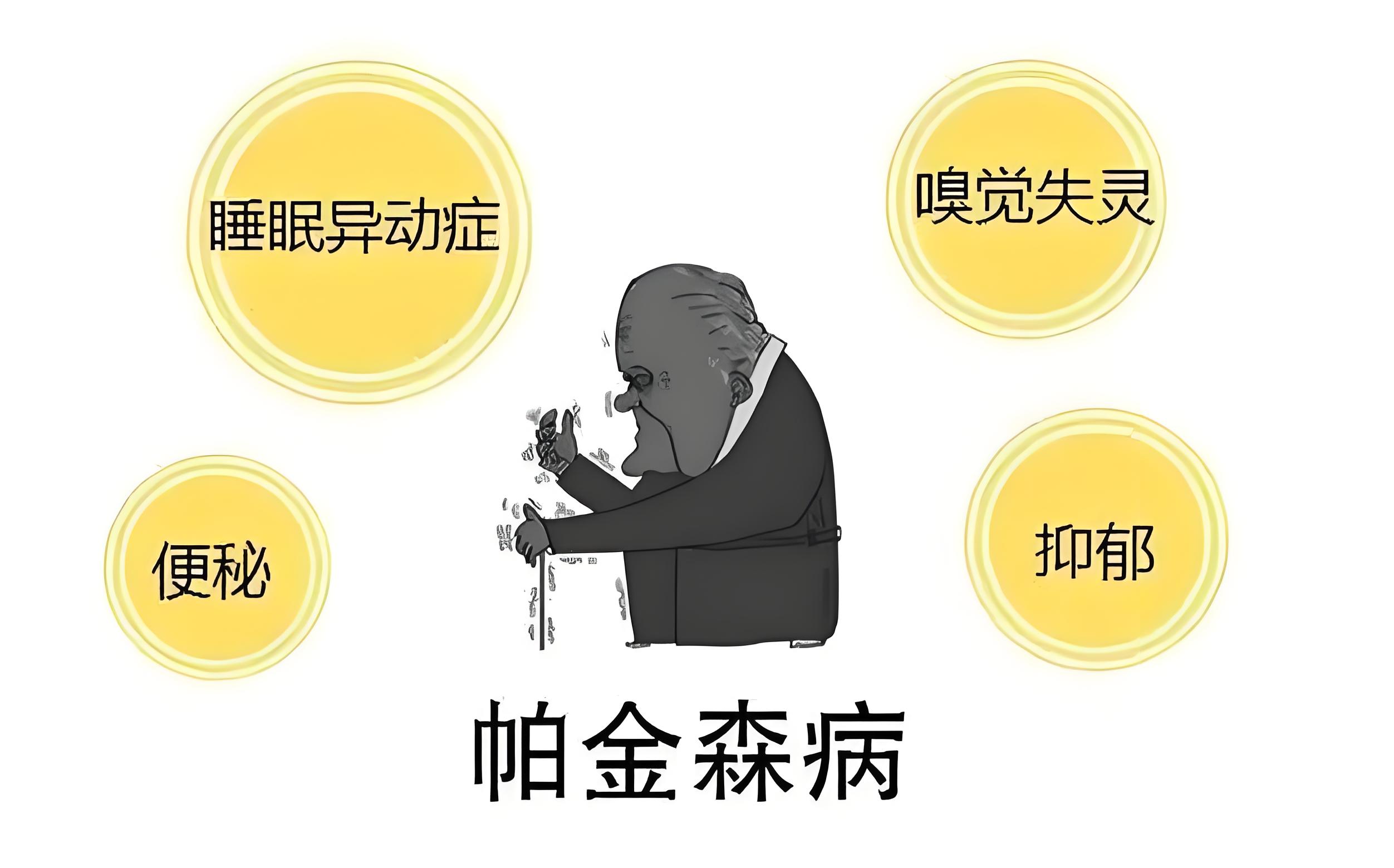洛桑联邦理工学院的科学家发现特定的细胞结构,中心粒,可以作为信息的载体在细胞传代。这个发现增加了,生物信息传输可能涉及的不仅仅是基因的可能性。

中心粒细胞内筒状结构,由多个蛋白。他们是目前许多研究的焦点,因为在它们的蛋白的突变可引起广泛的疾病,包括发育异常,呼吸系统疾病,男性不育和癌症。出版的自然期刊细胞的研究,洛桑联邦理工学院的科学家发现一个受精卵原细胞中心粒,这只来自父亲,坚持在发育中的胚胎细胞分裂数。令人惊讶的发现提出了中心体可能实际上是信息的载体的可能性,具有深刻意义的生物学和疾病的治疗。
也许,最出名的是其在细胞分裂的作用,中心粒确保染色体正确传递到新的子细胞。然而,他们也发现在纤毛,长长的睫毛状结构,允许多种体细胞信号,他们的邻居和其他细胞表现出活力,例如细胞呼吸道。在繁殖过程中,双亲遗传物质同样贡献,而女性的卵子捐赠最多的细胞器,如线粒体。然而,新的中心粒受精胚胎完全来自男性的精子,他们带来任何故障的第一个胚胎细胞。
跨代传递信息
在洛桑联邦理工学院的瑞士实验癌症研究所的彼埃尔G?nczy实验室发现,中心粒可以进行这样的信息超出第一细胞对多种胚胎发育过程的几个细胞传代。着重研究了蠕虫线虫,这是常用的一种对胚胎发育和人类遗传性疾病的动物模型。在其他物种,包括人类,中心粒在线虫只有由精子细胞。G?nczy的团队想知道如何做这些“原始”的中心粒在细胞分裂,最后变成一个受精卵变成一个完全形成的胚胎。
为了跟踪中心粒的命运,科学家用转基因版本线虫,使他们可以用荧光信号的标记三个不同的中心粒蛋白。标记的雄虫交配未标记的女性,使科学家可以专门跟踪中心粒组成,分别来自父亲的胚胎发育过程中。
G?nczy的团队得到了荧光信号在不同的胚胎发育的细胞分裂,并发现父源中心粒蛋白可以坚持到十代。数据首次显示,中心粒在发育中的胚胎具有持续性。
更有趣的是意义的研究为生物大,因为它提出了中心体的可能性,坚持在几个细胞周期,可以是一个有效的非遗传信息载体。如果这被证实,它可能代表了我们的思维方式和模式的转变,理解一个细胞,目前已在真核生物的进化生物学。
尽管如此,这并不影响价值本研究对医学。考虑到与中心粒的疾病,这可能会打开新的治疗方法的方式。特别是,研究结果显示出故障的中心粒可以通过直接从父亲到胚胎的生命。这将对我们了解中心病严重的影响。
“中心粒一直被视为东西只是启动胚胎发育的,说:”彼埃尔G?nczy。”在这里,我们表明,中心粒可能是一个单向的遗传信息的手段,与早期发展的影响。他的团队将在探讨中心体的异常持续性延伸到其他系统,包括人类细胞。
原文
Beyond genes: Are centrioles carriers of biological information?
EPFL scientists discover that certain cell structures, the centrioles, could act as information carriers throughout cell generations. The discovery raises the possibility that transmission of biological information could involve more than just genes.
Centrioles are barrel-shaped structures inside cells, made up of multiple proteins. They are currently the focus of much research, since mutations in the proteins that make them up can cause a broad range of diseases, including developmental abnormalities, respiratory conditions, male sterility and cancer. Publishing in the Nature journal Cell Research, EPFL scientists show that the original centrioles of a fertilized egg, which only come from the father, persist across tens of cell divisions in the developing embryo. The surprising finding raises the possibility that centrioles may actually be carriers of information, with profound implications for biology and disease treatment.
Perhaps best known for their role in cell division, centrioles ensure that chromosomes are properly passed on to the new daughter cells. However, they are also found in cilia, the long eyelash-like structures that allow many cells in the body to signal to their neighbors and other cells to exhibit motility, e.g. in cells that line the respiratory tracts. During reproduction, both parents equally contribute genetic material, while the female egg donates most of the cell organelles, such as mitochondria. However, the centrioles of the newly fertilized embryo come exclusively from the male's sperm, bringing with them any malfunctions to the first embryo cells.
Passing information across generations
The lab of Pierre G?nczy at EPFL's Swiss Institute for Experimental Cancer Research has found that centrioles can carry such information beyond the first cells to many of a developing embryo to several cell generations. The study focused on the worm C. elegans, which is commonly used as a model organism for embryonic development and human genetic diseases. As in other species, including humans, centrioles in C. elegans are only contributed by sperm cells. G?nczy's team wanted to know how far do these "original" centrioles last across the cell divisions that turn a fertilized egg into a fully formed embryo.
In order to track the fate of the centrioles, the scientists used genetically modified versions of C. elegans, in which they could tag three different centriole proteins with a fluorescent signal. Tagged male worms were mated to untagged females, so that the scientists could specifically track centriole components that were contributed from the father during the course of embryogenesis.
G?nczy's team imaged the fluorescent signals at different cell divisions of the developing embryos, and discovered that paternally contributed centriole proteins can actually persist up to ten cell generations. The data show for the first time that centrioles are remarkably persistent in the developing embryo.
Even more intriguing are the implications the study has for biology at large, as it raises the possibility that centrioles, persisting across several cell cycles, could effectively be a non-genetic information carrier. If this were confirmed, it could represent a paradigm shift in the way we think and understand the biology of an organelle that has been present across eukaryotic evolution.
Nonetheless, this does not detract from the value this study holds for medicine. Considering the number of diseases associated with centrioles, this could open the way for innovative treatment approaches. In particular, the study demonstrates how malfunctioning centrioles can pass directly from the father and well into the life of the embryo. This can have serious implications for the way we understand centriole diseases.
"Centrioles have always been seen as something that just jumpstarts the development of the embryo," says Pierre G?nczy. "Here we show that centrioles could be the means of a unidirectional inheritance of information, with considerable impact in early development." His team will next investigate if the exceptional persistence of centrioles extends to other systems, including human cells.



